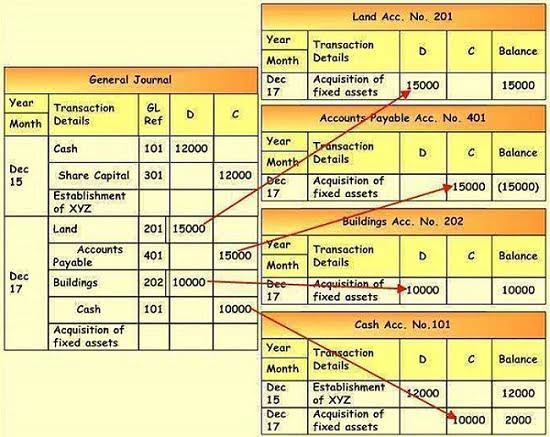
It’s the amount a company thinks it will https://www.bookstime.com/ get for something when it’s time to say goodbye to it. Companies use this value to figure out how much to subtract from the original cost of the thing when calculating its wear and tear. It’s also handy for guessing how much money they might make when they get rid of it. There’s also something called residual value, which is quite similar but can mean different things. Sometimes, it’s about predicting the value of the thing when a lease or loan ends. Other times, it’s about figuring out how much it’s worth when it’s done for good, minus the cost of getting rid of it.
How Is Residual Value Calculated?
A depreciation schedule helps you with mapping out monthly or yearly depreciation. We can also define the salvage value as the amount that an asset is estimated to be worth at the end of its useful life. A lease buyout is retained earnings an option that is contained in some lease agreements that give you the option to buy your leased vehicle at the end of your lease.
- In addition, the cost to dispose of the asset may become more expensive over time due to government regulation or inflation.
- Cash flow statements, while not directly altered by salvage value, are indirectly impacted through tax savings and the timing of cash outflows related to asset replacements.
- The salvage value of a business asset is the amount of money that the asset can be sold or scrapped for at the end of its useful life.
- You cannot find a salvage car’s value in Kelley Blue Book or with a standardized car salvage value calculator.
- Some methods make the item lose more value at the start (accelerated methods), like declining balance, double-declining balance, and sum-of-the-years-digits.
- Companies determine the estimated after tax salvage value for anything valuable they plan to write off as losing value (depreciation) over time.
- The salvage value guides not only the total depreciation expense but also its distribution across financial periods, impacting the asset’s book value and the company’s financial statements.
How Can Deskera Help You With Salvage Value?

At this point, the company has all the information it needs to calculate each year’s depreciation. It equals total depreciation ($45,000) divided by useful life (15 years), or $3,000 per year. This is the most the company can claim as depreciation for tax and sale purposes. Depreciation measures an asset’s gradual loss of value over its useful life, measuring how much of the asset’s initial value has eroded over time. For tax purposes, depreciation is an important measurement because it is frequently tax-deductible, and major corporations use it to the fullest extent each year when determining tax liability. From this, we know that a salvage value is used for determining the value of a good, machinery, or even a company.
- As such, an asset’s estimated salvage value is an important component in the calculation of a depreciation schedule.
- For tangible assets, such as cars, computers, and machinery, a business owner would use the same calculation, only instead of amortizing the asset over its useful life, he would depreciate it.
- Laura Longero is an insurance expert and Executive Editor at CarInsurance.com, where she specializes in helping consumers navigate the complexities of the financial and insurance industries.
- If a company expects that an asset will contribute to revenue for a long period of time, it will have a long, useful life.
- Salvage value is the estimated value of an asset at the end of its useful life.
- You can find the asset’s original price if the salvage price and the depreciation rate are known to you with the salvage calculator.
- In accounting, owner’s equity is the residual net assets after the deduction of liabilities.
What are the risks of buying a salvage title car?

Value investors look at the difference between a company’s market capitalization and its going-concern value to determine whether the company’s stock is currently a good buy. Liquidation value is the total worth of a company’s physical assets if it were to go out of business and the assets sold. The liquidation value is the value of a company’s real estate, fixtures, equipment, and inventory. In general, salvage vehicles are worth between 20% and 40% less than their Kelley Blue Book value.

Salvage Value Calculation
Depending on your state laws, you might be able to buy back the salvage value damaged car from the insurance company. Another way to determine the value of a salvaged vehicle is to ask a local dealership what the car would be worth with a clean title. If you have a car with a salvage title, you could take it to the dealership for them to appraise its value for you. Scrap value is the worth of a physical asset’s individual components when the asset itself is deemed no longer usable.
Leave a Reply